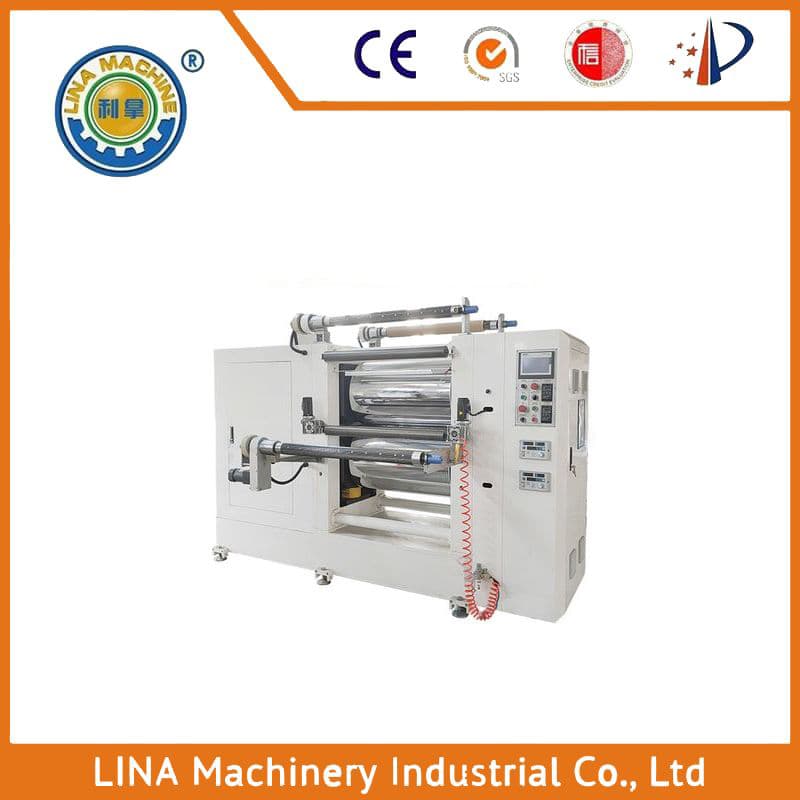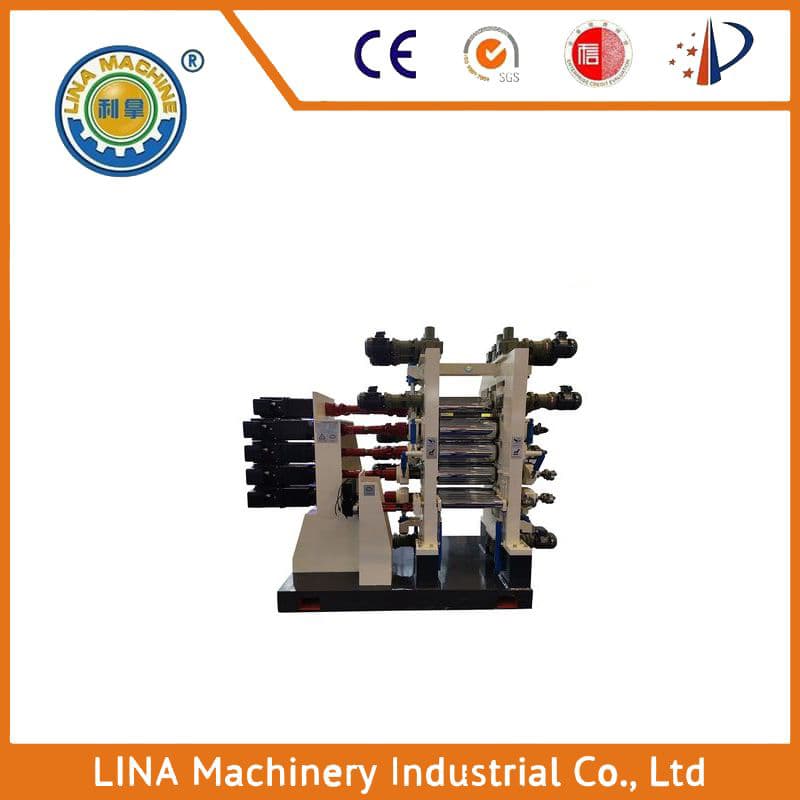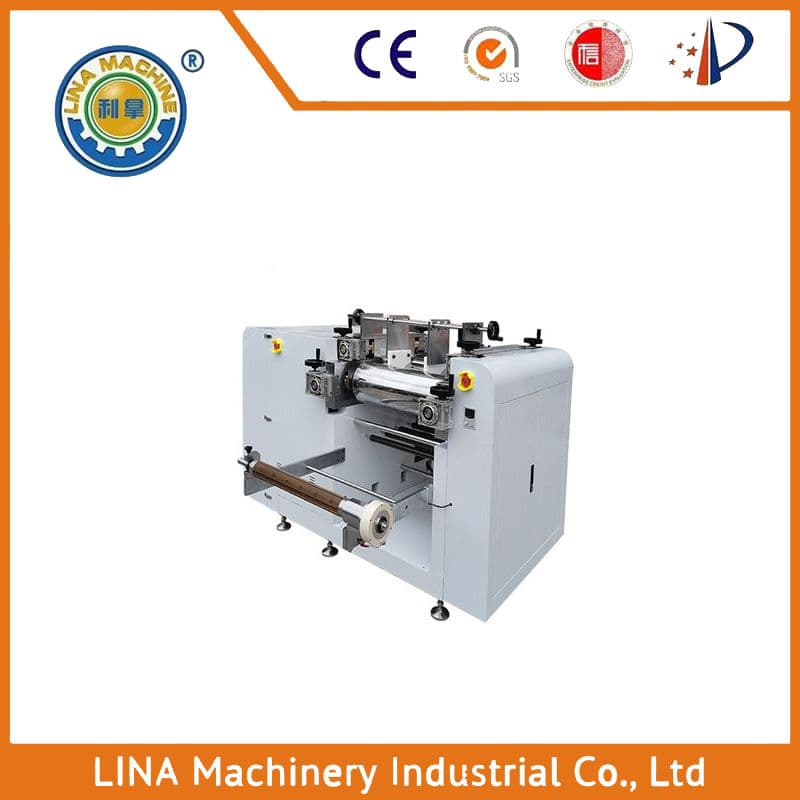The Revolutionary Pla in Plastic Degradation: A Comprehensive Guide to PLA Degradable Granule Production
In the realm of sustainable and eco-friendly materials, the concept of biodegradable plastics has gained significant traction. One such material that stands out is polylactic acid (PLA), a type of bioplastic derived from renewable resources like cornstarch or sugarcane. This article aims to provide an in-depth understanding of the PLA degradation process, the benefits of using PLA as a degradable plastic, and how it can be produced through a specialized machine called a PLA degradation granulator.
The PLA degradation process involves the conversion of PLA into its natural state—water and carbon dioxide—through a series of chemical reactions. These reactions occur within the granulator, which uses heat and enzymes to break down the PLA molecules into their constituent parts. The resulting water and carbon dioxide are then collected and recycled for further use.
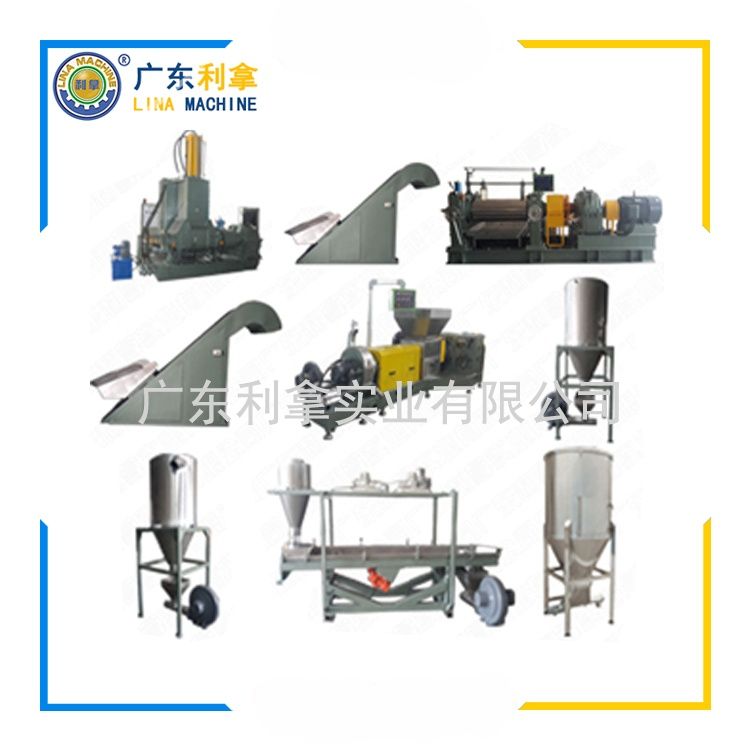
One of the key advantages of using PLA as a degradable plastic is its ability to break down quickly in nature, making it an ideal choice for applications where environmental impact is paramount. Unlike traditional petroleum-based plastics, PLA does not persist in the environment for hundreds of years, reducing the risk of pollution and harming wildlife. Additionally, PLA is biodegradable, meaning it can be broken down by microorganisms in soil and water, further contributing to its sustainability.
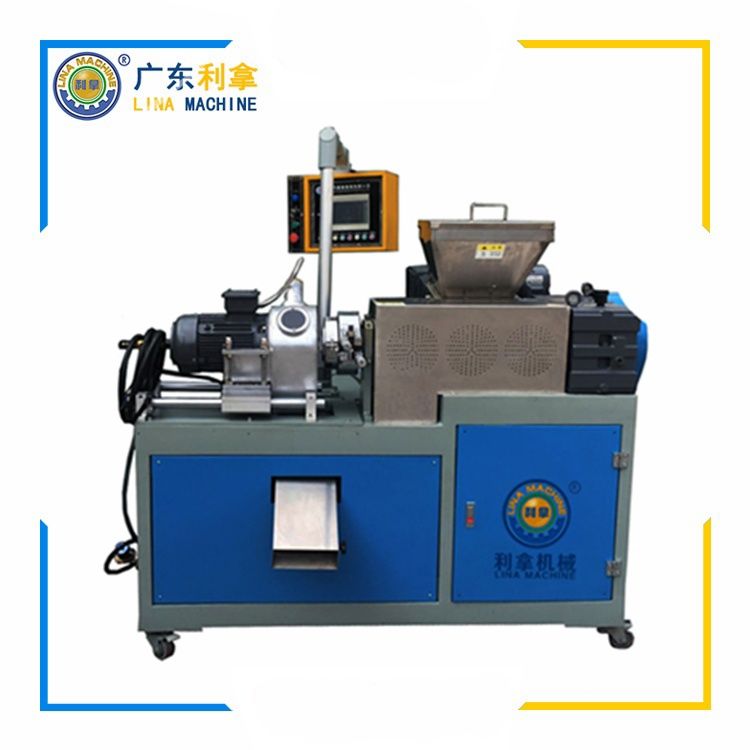
To produce PLA, the raw materials must first be converted into a form that can be processed into PLA. This typically involves fermenting starchy materials like corn or sugarcane with bacteria that produce PLA. Once the PLA is produced, it can be granulated and packaged for sale. The granulator used for this process is designed to ensure that the PLA is evenly distributed and ready for packaging.
In conclusion, the PLA degradation granulator is a crucial tool in the quest for sustainable and eco-friendly materials. By producing PLA from renewable sources and breaking it down naturally, we can reduce our reliance on non-biodegradable plastics and minimize our environmental footprint. As more research and development continue to explore the potential of PLA, it's clear that this technology holds great promise for the future of sustainable plastic production.


